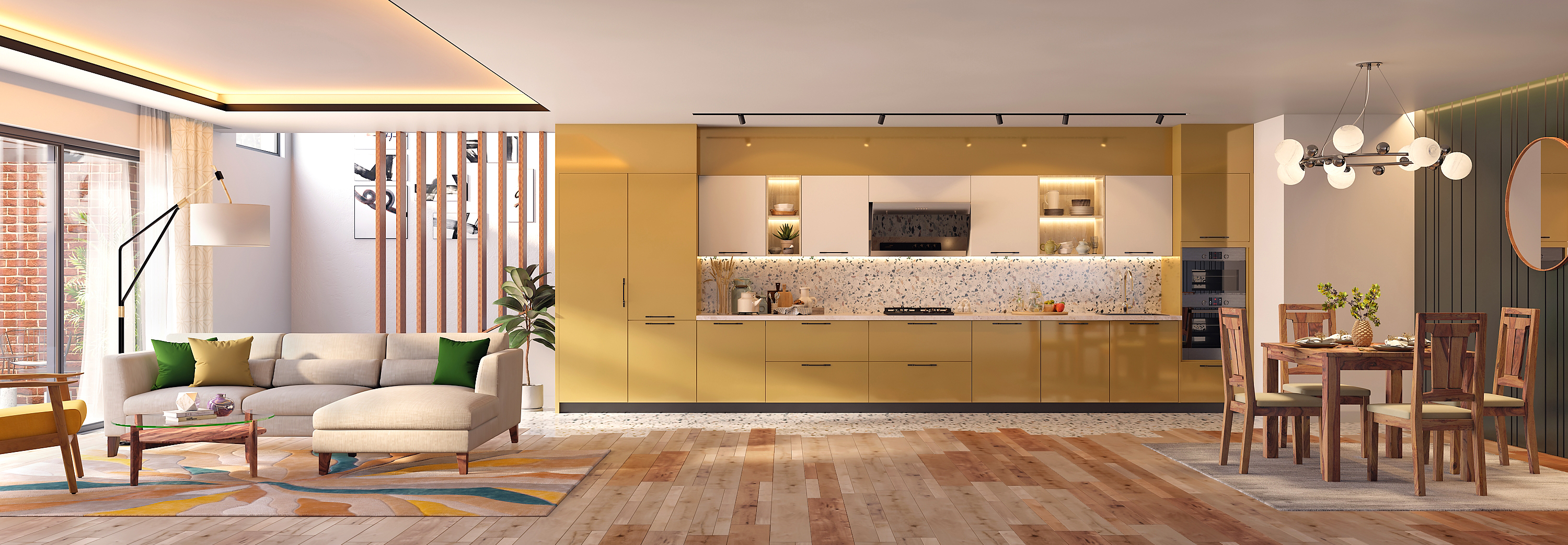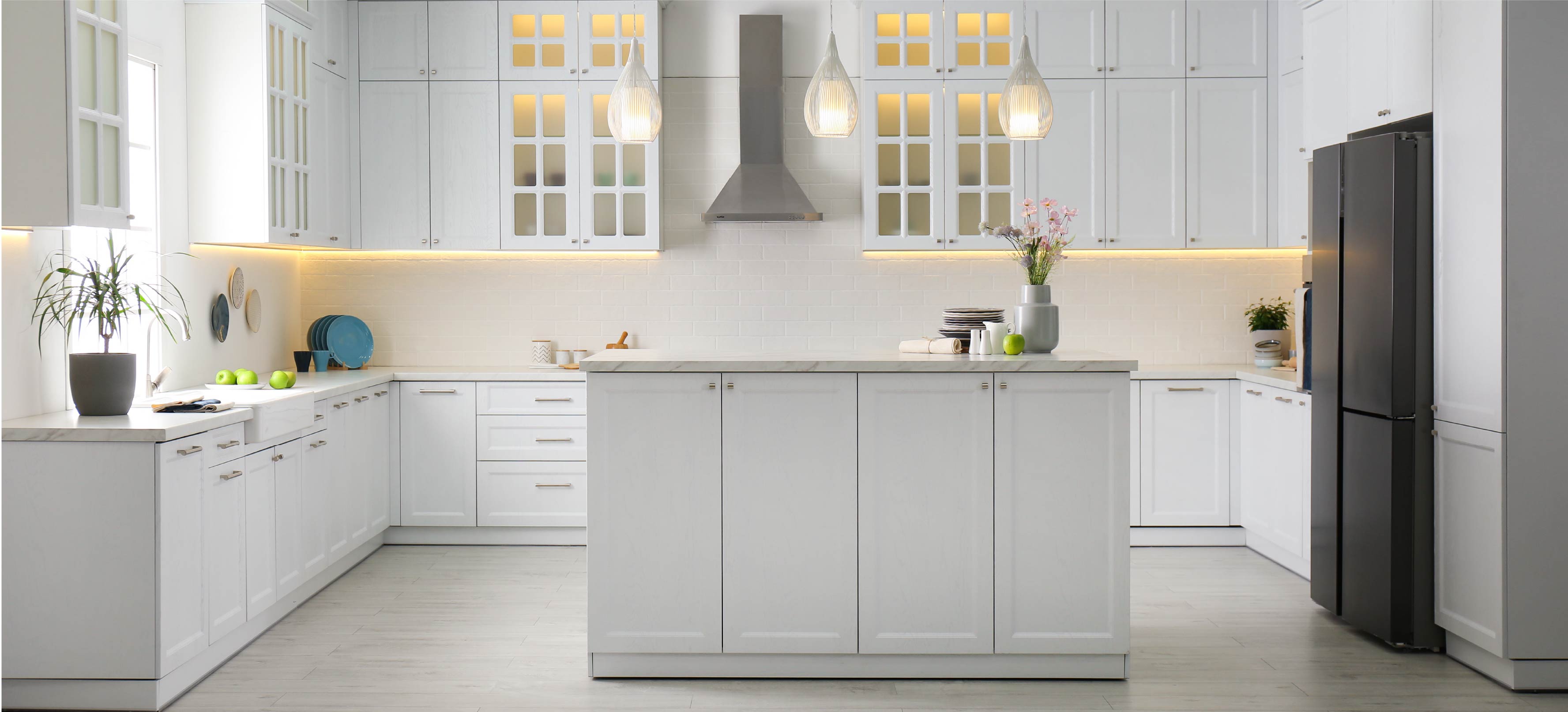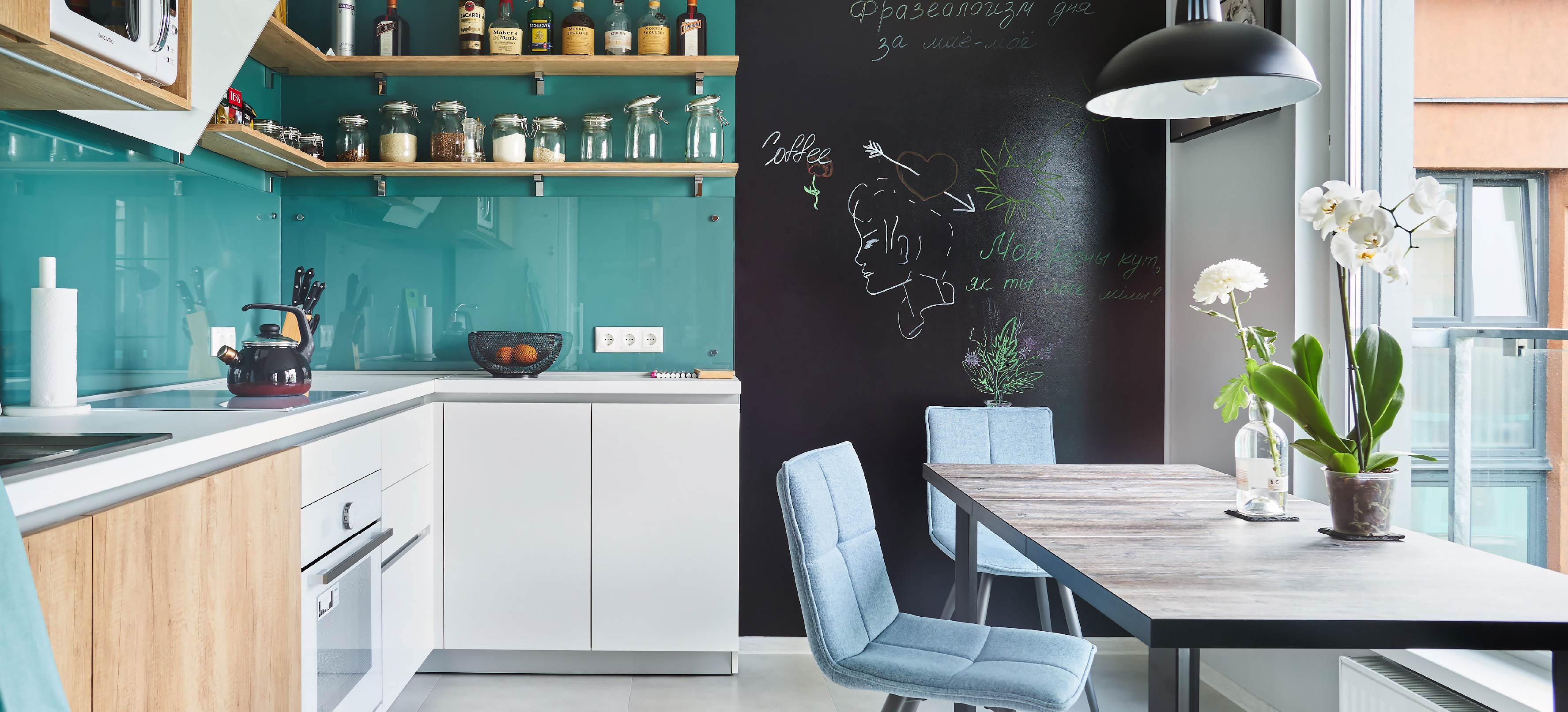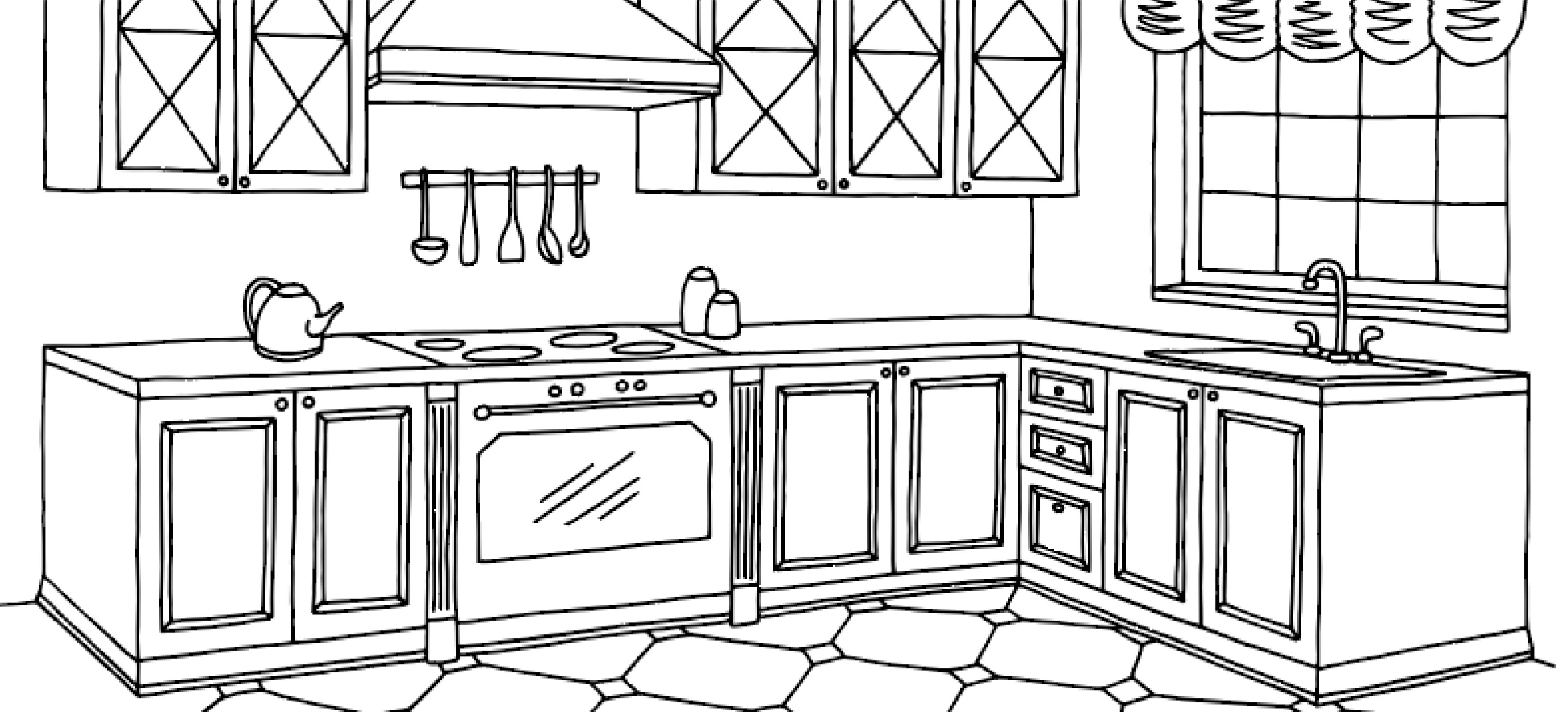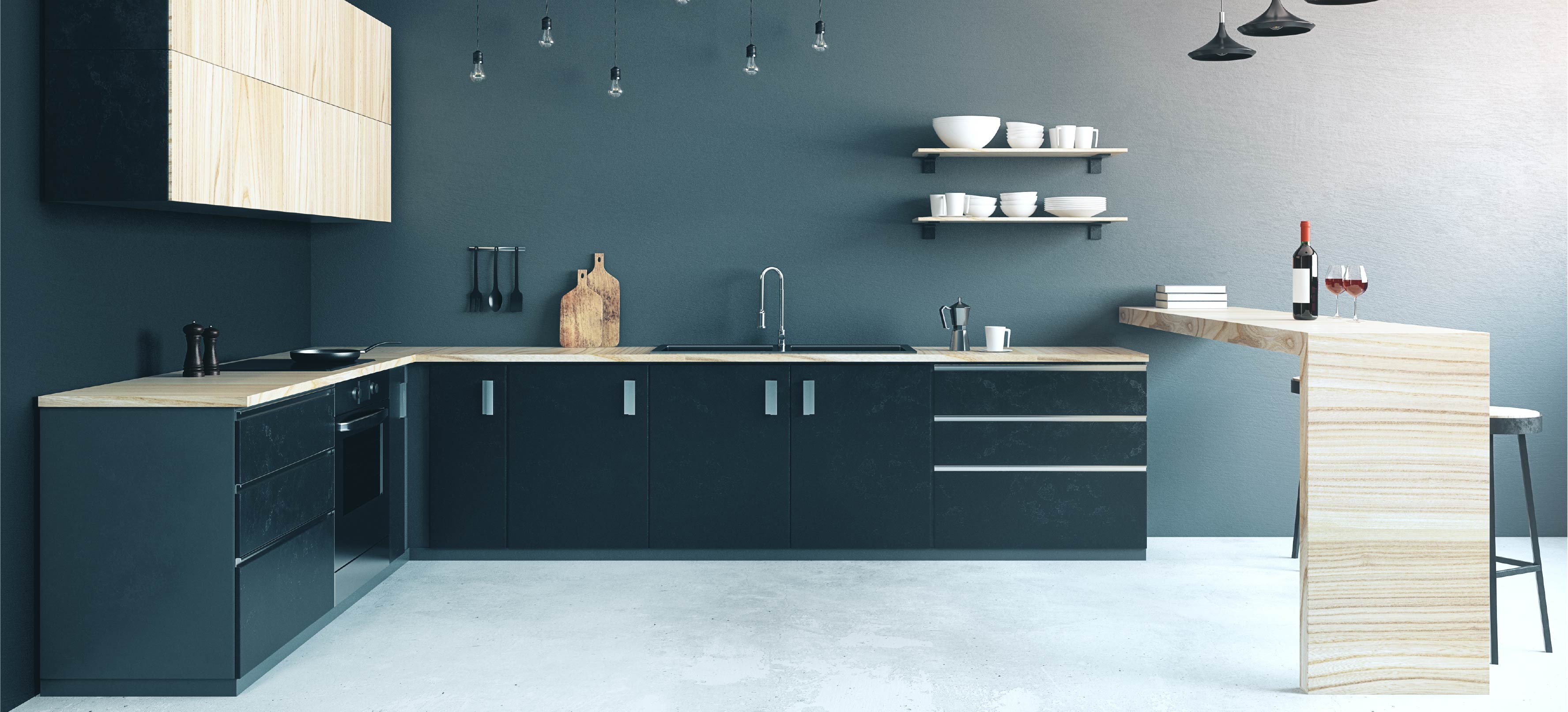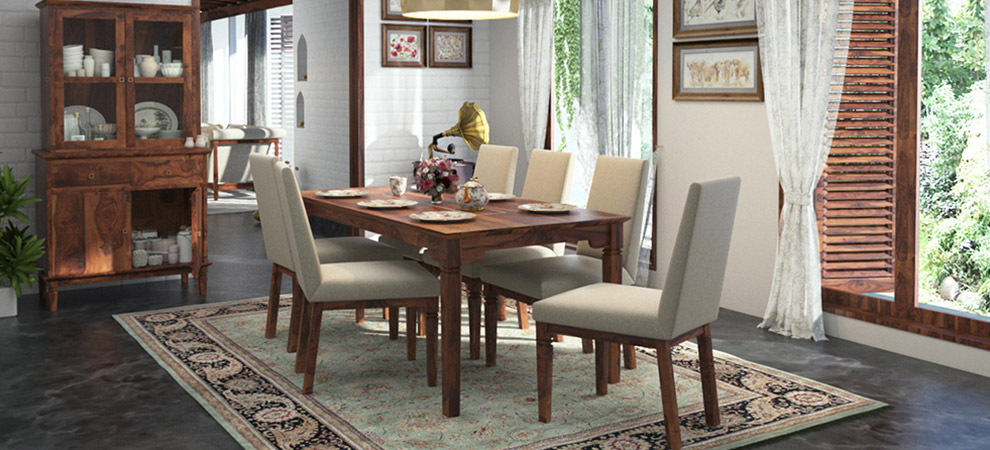
The Essential Guide To Setting Up Your Dining Room
When it comes to creating a social space in your home, the dining room is almost as important as the living room. It’s where you have those how-was-your-day conversations, get together with family and friends, and revisit grandma’s recipes. So, other than reflect your style, your dining room must also be super comfortable. Here, we take a look at some common problems people face when setting up this space, and share tips on how to deal with them.
I have a really small dining area. How do I keep us from from elbowing each other during a meal?
Small spaces are always a challenge, especially when you’re faced with the possibility of having a soup spoon shoved up someone’s nose. To avoid such situations, start by swapping your dining chairs with armless ones. This will make your space look less congested and will leave you with more elbow room. You might also want to consider a round dining table, as they make the perimeter of a room seem larger and create more distance between diners.
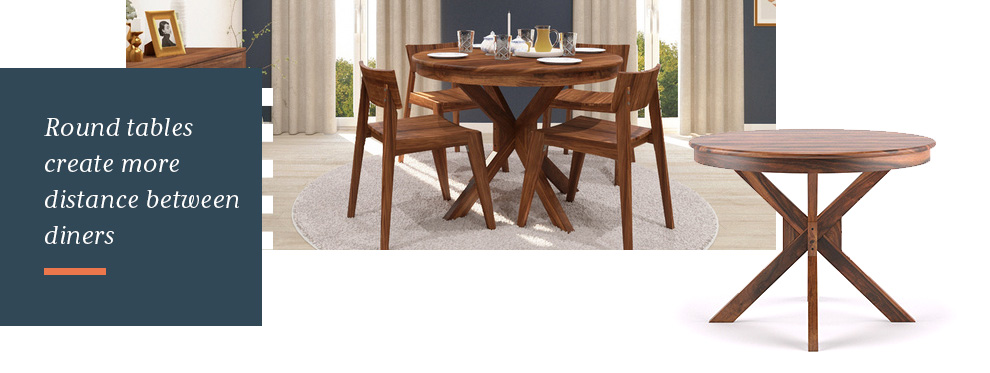
My walls are marred from all the times my dining chairs have been pushed against them. How can I avoid this from happening?
It’s always a good idea to keep at least 36 inches of space between your walls and your table, so diners can get up easily, without ruining your walls. If the size of your room permits it, try and maintain 42-48 inches of space for an airier feel.
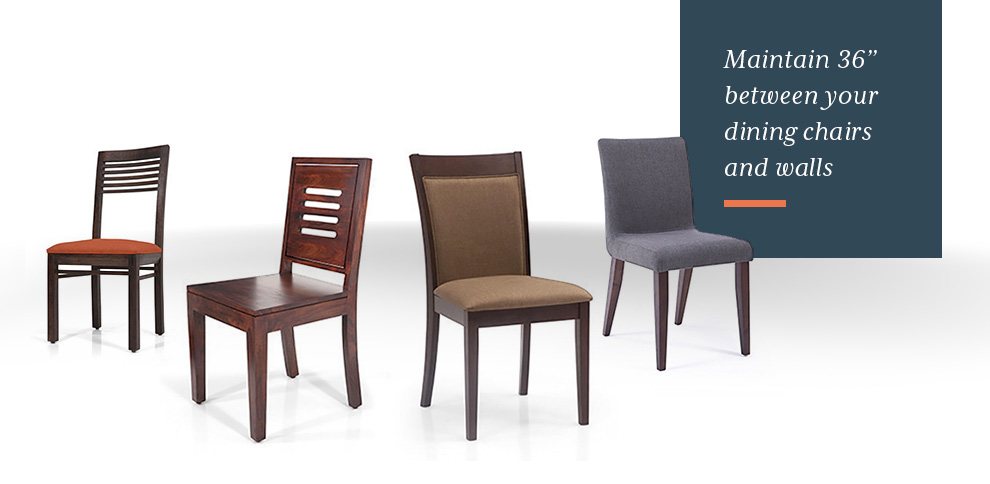 I love having people over, but always run out of space for people and dishes. Help?
I love having people over, but always run out of space for people and dishes. Help?
If the size of your party normally exceeds six people, avoid circular tables as they can make it really difficult for people to have a conversation. Instead, opt for a large rectangular table or an expandable table that extends or contracts as required. Also, get yourself a sideboard. Other than keeping all your crockery neat and organised, the surface can double as a buffet or service counter - perfect for when you want to show off your culinary prowess.

I have a large dining room, because of which my furniture seems to float. What can I do?
To anchor your furniture, start by centring your dining table to your room. This way, you’ll know where to place your chairs, sideboard and lighting, and your furniture won’t look like it’s floating in space. Add decorative accents and storage units to the rest of your space, to up its charm and function.
My husband and I have just moved into our new home. It’s tiny, but perfect for the two of us. How can I set-up a dining space that doesn’t eat into my living room?
If you don’t have people over often, you could think of creating an eat-in kitchen. An eat-in kitchen or breakfast nook is designed in or close to the kitchen, leaving your living room free. If you’d like to add more room, you can also add benches instead of chairs to one, two, or three sides of your nook. Where possible, try and design your nook by a window for a warm, cosy feel. Alternatively, add large wall mirrors to create the illusion of more space.
Have tips and tricks of your own to share? Or a question you'd like to ask? Post a comment below. We're all ears.
